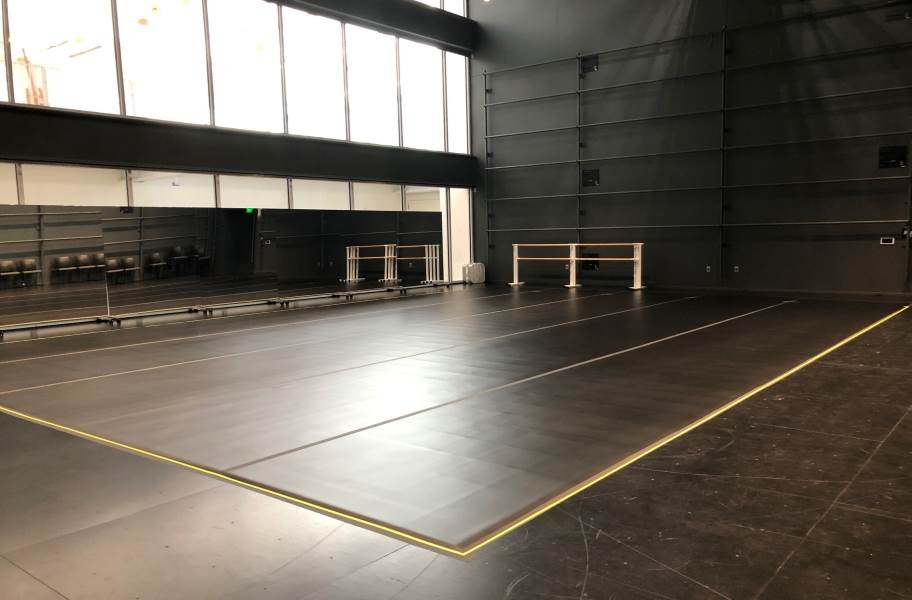Exploring the Benefits and Disadvantages of Wood and Vinyl Dance Surface Components for Optimal Functionality and Visual Appeal
Exploring the Benefits and Disadvantages of Wood and Vinyl Dance Surface Components for Optimal Functionality and Visual Appeal
Blog Article
When it comes to selecting the appropriate dance floor material, timber and synthetic are two common choices that dancers and studio owners often evaluate. Each substance has its own unique benefits and disadvantages that can affect performance, safety, and visual appeal. Comprehending these variations is essential for arriving at an educated choice that meets the needs of performers and enhances the overall environment in a dancing studio or showcase area.
Wood dancing floors are often favored for their classic appearance and feel. They provide a natural surface that can absorb impact, which is advantageous for performers who perform high-impact actions. The flexibility of wood helps minimize the chance of harm, such as sprains and strains, by offering a stable area. Additionally, timber surfaces can be restored, enabling them to maintain their look over the years. This longevity makes them a sustainable investment for dance studios. However, wood floors can be more costly to install and maintain compared to vinyl choices, and they may require consistent maintenance to prevent warping or harm from moisture.
Conversely, synthetic dancing floors offer a range of advantages that make them attractive to many dance studios. One of the primary advantages of vinyl is its cost-effectiveness. Synthetic surfaces is generally more affordable to purchase and set up than timber, making it a budget-friendly choice for spaces. Furthermore, vinyl is available in a wide range of colors and designs, enabling for greater customization to align with the aesthetic of the space. Vinyl surfaces are also easier to clean and care for, as they are resistant to stains and moisture. However, some performers may discover that synthetic does not provide the same level of shock cushioning as timber, which could result to unease during long practice periods.
Another crucial factor to consider is the kind of dance linked here being executed. Different dancing styles may require different floor materials for optimal execution. For instance, classical ballet dancers often favor wood floors because they offer a solid area for turns and jumps. In comparison, styles like hip-hop or contemporary may gain from the non-slip properties of vinyl. It is crucial for dance studio proprietors to take into account the primary dance genres taught in their studio when selecting a floor material. This evaluation can help ensure that performers have the best possible experience while rehearsing and executing.
Aesthetics also play a major role in the decision-making procedure. Timber surfaces are often associated with sophistication and tradition, making them a popular option for elegant dance spaces and theaters. The organic grain and richness of wood can establish a welcoming environment that improves the overall feeling for both dancers and audiences. Conversely, vinyl floors can be crafted to mimic the look of timber or alternative substances, providing a modern and stylish appearance. The choice between wood and vinyl can ultimately hinge on the intended atmosphere of the area and the impression that dance studio proprietors want to establish.
In conclusion, both timber and vinyl dance floors have their own set of benefits and drawbacks that can influence execution and visual appeal. Timber surfaces offer longevity, shock absorption, and a traditional appearance, while synthetic surfaces provide affordability, ease of maintenance, and design versatility. The choice between these substances should be determined on the specific needs of the performers, the kinds of dancing being performed, and the overall concept for the dance studio. By thoughtfully evaluating these elements, dance studio proprietors can establish an atmosphere that enhances best performance and improves the pleasure of dancing for all participating.